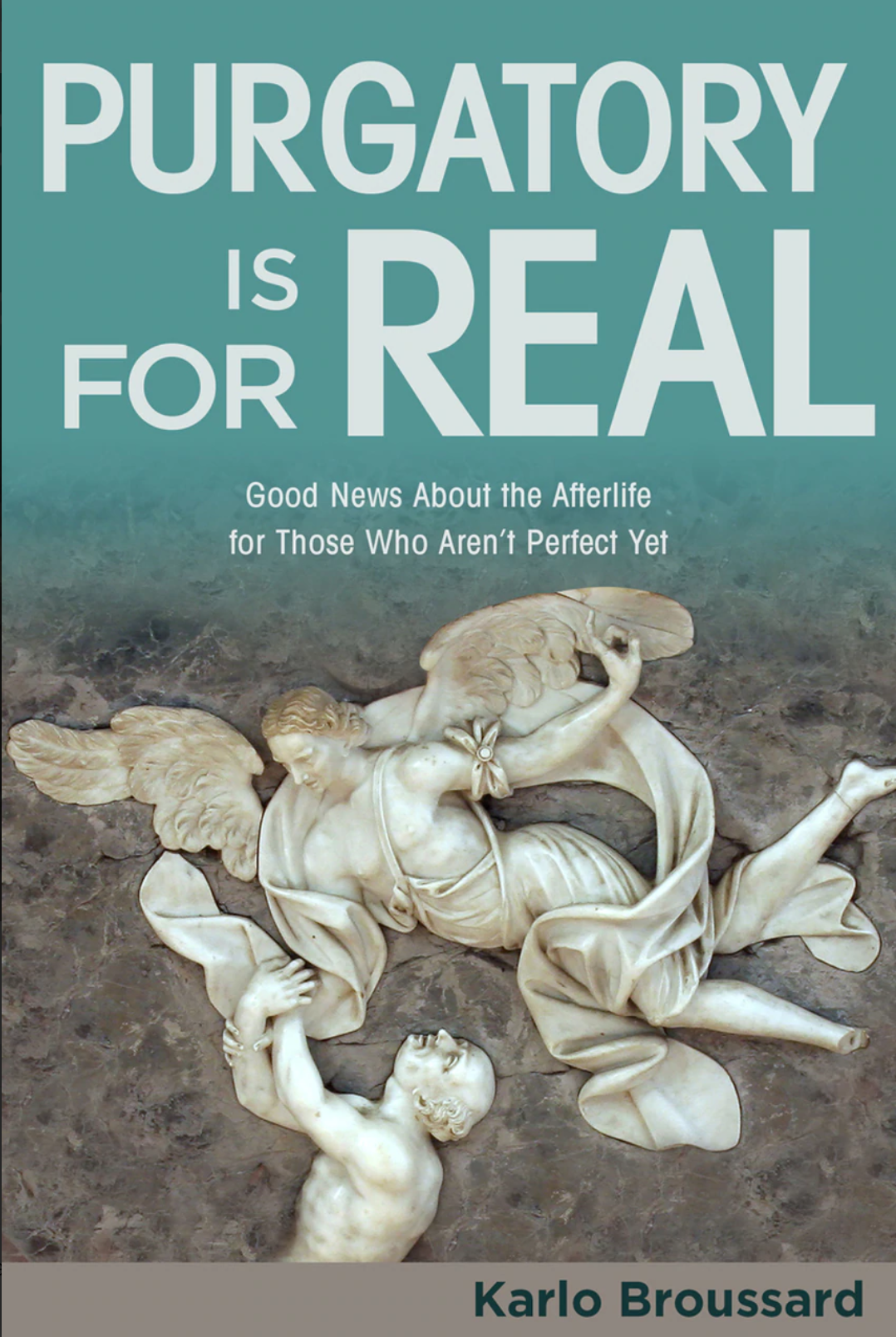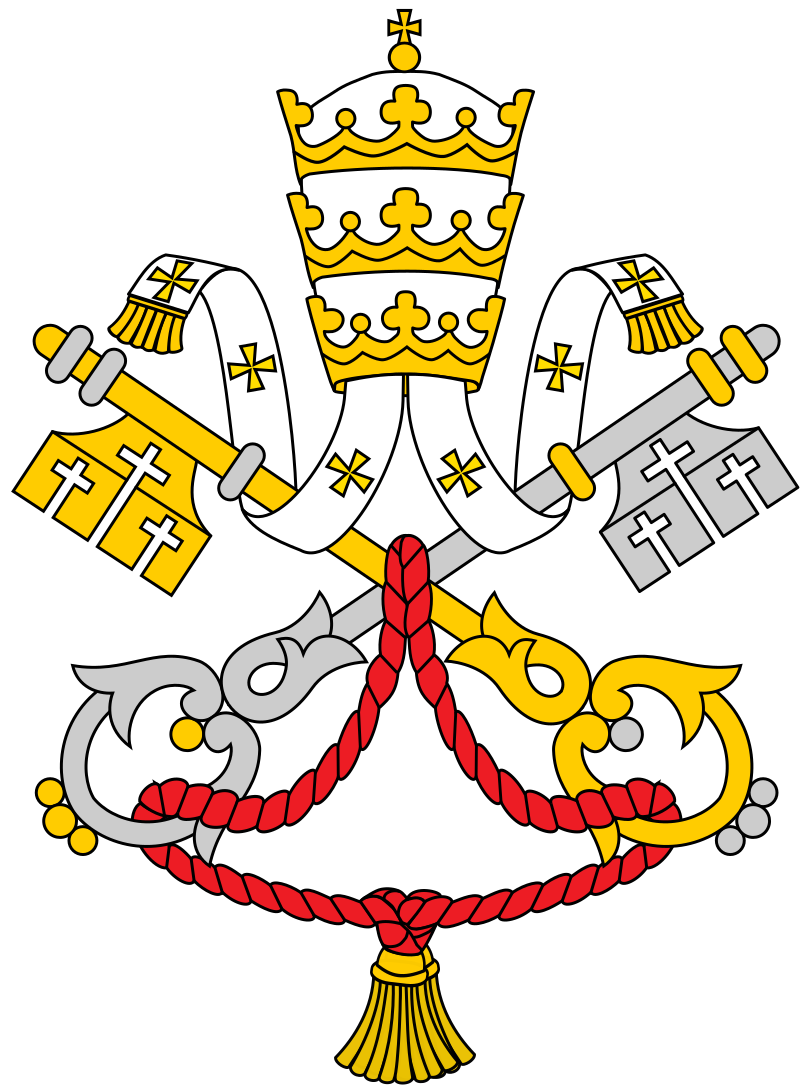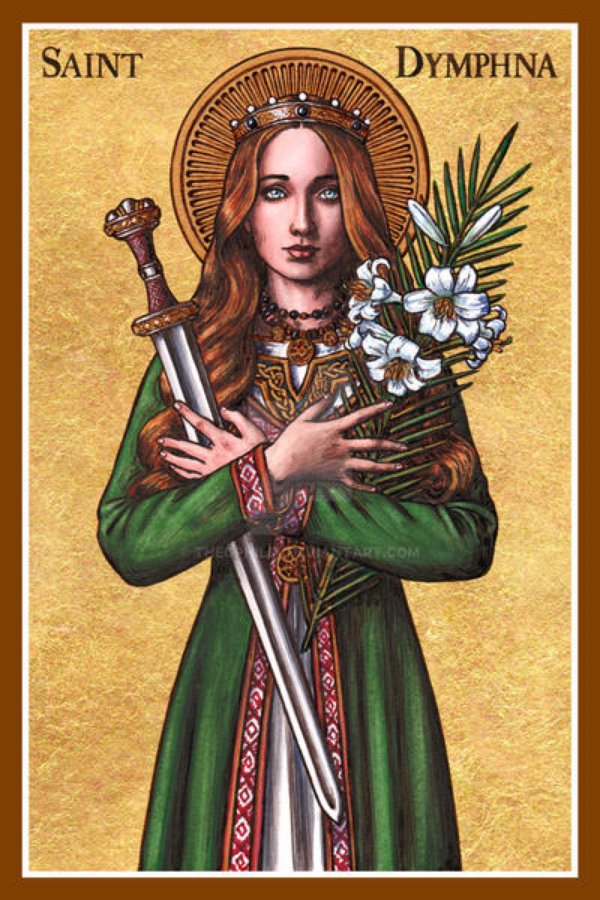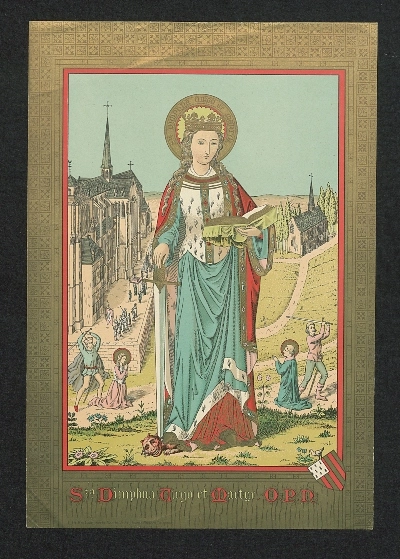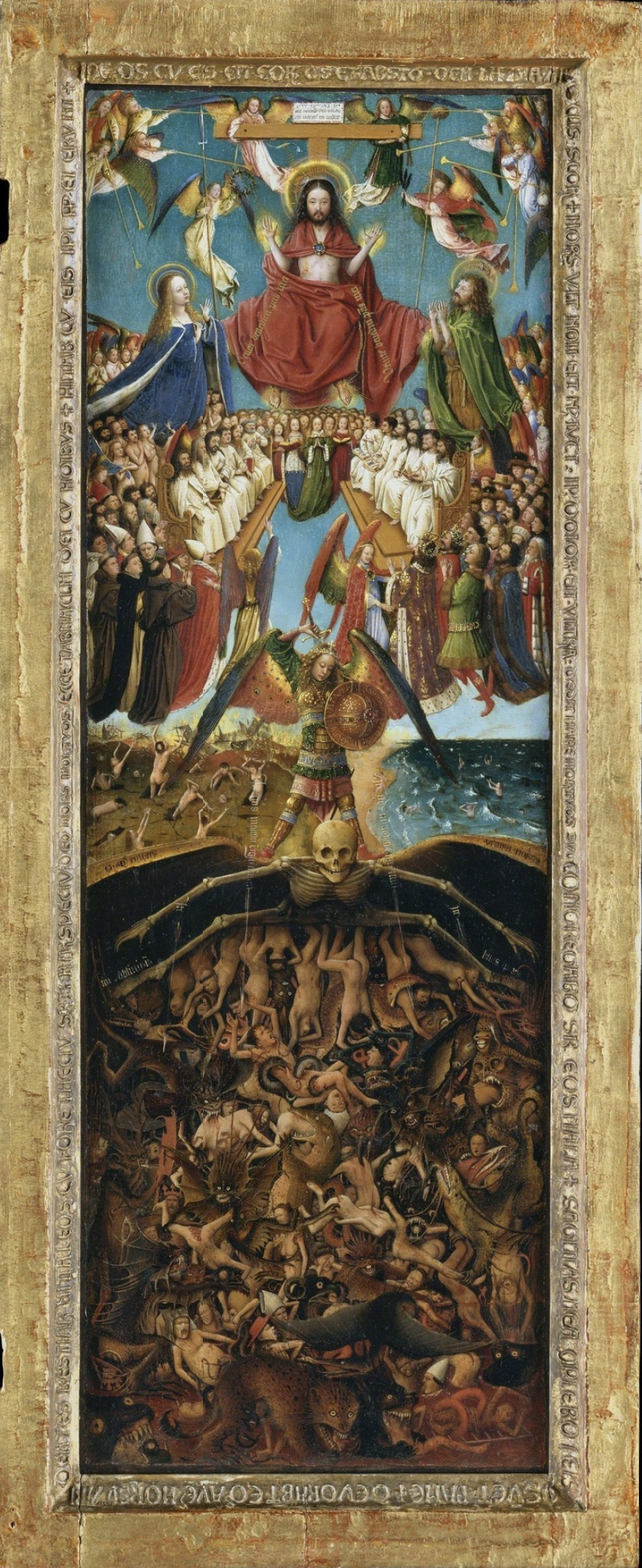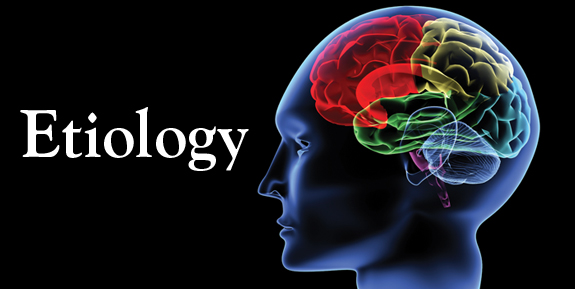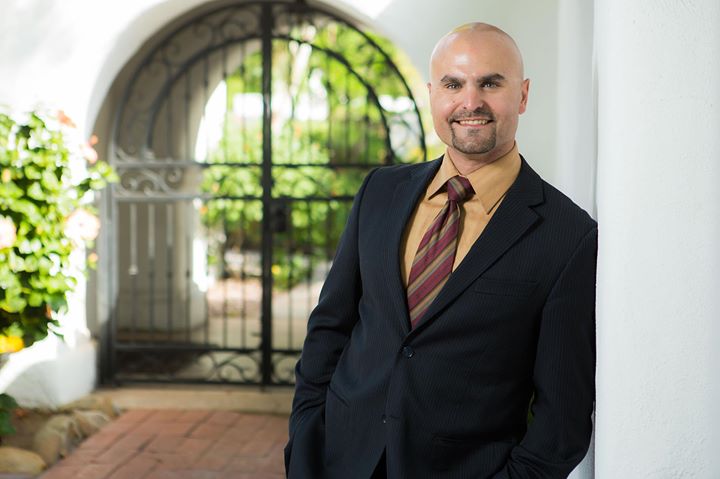
-by Karlo Broussard
“Some Protestants criticize the doctrine of purgatory by saying it’s “bad news” in contrast to the “good news” of salvation revealed in the Bible.
But that’s not so at all. The Catholic doctrine of purgatory is indeed good news.
The joyful truth is that purgatory provides consolation for believers. It does so in a variety of ways.
1. Purgatory consoles believers concerning loved ones who die without the perfect holiness required for heaven.
Purgatory gives us the assurance that even though our loved ones die without the perfect holiness required for heaven, we know they’re not forever excluded from there. The late Marian scholar Fr. Martin Jugie puts it beautifully:
They who mournfully follow the coffin, are consoled with thoughts of the mercy of God; of the expiation of venial sin and the cleansing of the wounds, left by mortal sin, after death; of extenuating circumstances which may have rendered certain sins venial for the dear deceased one. The anguished heart, torn with dread about the fate of the loved one, clings to this last hope, and there finds solace and some peace.
That’s good news!
2. Purgatory consoles believers in knowing that the relationship with our loved ones can continue after death even though they have not yet attained the beatific vision in heaven.
The doctrine of purgatory provides consolation for a believer because it offers hope that our loved ones who die with imperfection aren’t forever excluded from heaven. But a believer might still be disheartened by the thought that if his loved one isn’t in heaven yet, then he can’t have a relationship with that person in the present moment. He would have to wait.
Nothing could be farther from the truth. In fact, the doctrine of purgatory entails that we can assist our loved ones in purgatory by offering the Mass, prayers, indulgences, almsgiving, and other works of love for them. This is based on the Christian belief in the communion of saints, which includes the souls in purgatory.
The holy souls are still members of the mystical body of Christ. Death did not separate them from us. As St. Paul writes, “Who shall separate us from the love of Christ? Shall . . . [the] sword? . . . I am sure that neither death . . . nor anything else in all creation, will be able to separate us from the love of God in Christ Jesus our Lord” (Rom. 8:35, 38-39).
From this it follows that we are not separated from our loved ones in purgatory. We are still united to them by grace. Consequently, our relationship with them can continue. We don’t have to wait until they get to heaven. That provides a believer great consolation. That’s definitely not bad news.
Some Protestants say we’re blurring the real distinction between the visible (Christians on earth) and invisible (Christians in purgatory) dimensions of the one body of Christ. Just because there’s one body, so it’s argued, it doesn’t follow that our relationship with each dimension is the same.
It’s true that our relationship with our loved ones in purgatory is not the same as our relationship with them here on earth. But the relationship we have with them by grace is the same. In fact, it’s even better because they’re confirmed in grace without the possibility of falling from it. From this it follows that the relationship with them is secure, on condition that we stay in grace.
This relationship we have with them by grace is what allows us to continue expressing love toward them, even though it’s not the same kind of expressions of love as when they were on earth. We can’t hear or see them when we talk to them. We can’t give them a hug. But we can pray for them and will what’s good for them—namely, the removal of any impediments to entrance into heaven.
The relationship might not be the same. But it is a relationship nevertheless!
3. Purgatory consoles believers in knowing that the souls in purgatory can pray for us.
We have good reasons to think the souls in purgatory pray for us. The Catechism teaches, “Our prayer for them [souls in purgatory] is capable not only of helping them, but also of making their intercession for us effective” (958).
One rationale for this is that the souls in purgatory are perfected in charity. Since charity involves not only love of God, but also love of neighbor, and love of neighbor is expressed in intercessory prayer, it seems reasonable to conclude that the souls in purgatory would express their love by interceding for us.
That our loved ones in purgatory are praying for us is a consoling thought. Their prayer for us, and our private request for their prayers, is one way by which we keep a relationship with them.
It’s good news to know we have friends who can’t waver in charity and are constantly praying for us. For St. James says, “The prayer of a righteous man has great power in its effects” (James 5:16).
4. Purgatory consoles believers in knowing that our prayers console our loved ones in purgatory.
The consolation that we can provide the holy souls in purgatory in turn brings us consolation. St. Thomas Aquinas teaches that love is “to wish good to someone,” “just as he wills good to himself.”
It follows from this definition of love that the good the souls in purgatory experience by having their impediments to heaven removed is experienced as our own good. That means that their consolation is our consolation; their source of joy is our source of joy. As the late Frank Sheed writes, “there is a special joy for the Catholic in praying for his dead, if only the feeling that there is still something he can do for people he loved upon earth.”
Love,
Matthew

